17th-century (vase)
19th-century gilt-bronze mounting
Customary restorations an ancient repair on the neck
H. 45 x W. 18 (neck) cm
The history of Imari-style porcelain began in the 17th century in the Hizen region of Japan. The style takes its name from the port city of Imari, from which these exquisite pieces were shipped across Japan and, notably, to the Dutch trading post in Nagasaki for export to Europe through the Dutch East India Company.
Production of Imari porcelain began around the 1680s, and it is renowned for its paste quality, decoration richness, and vibrant palette of blues, reds, and ochres. The intricate design of our hexagonal vase is lush with floral motifs, elegantly framing graceful courtesans. The use of gold accents in the decoration evokes the luxury of a gold-threaded brocade. While the decorative style reflects traditional Japanese motifs, the form and scale of this vase suggest it may have been created with the Western market in mind, where European courts highly prized such pieces.



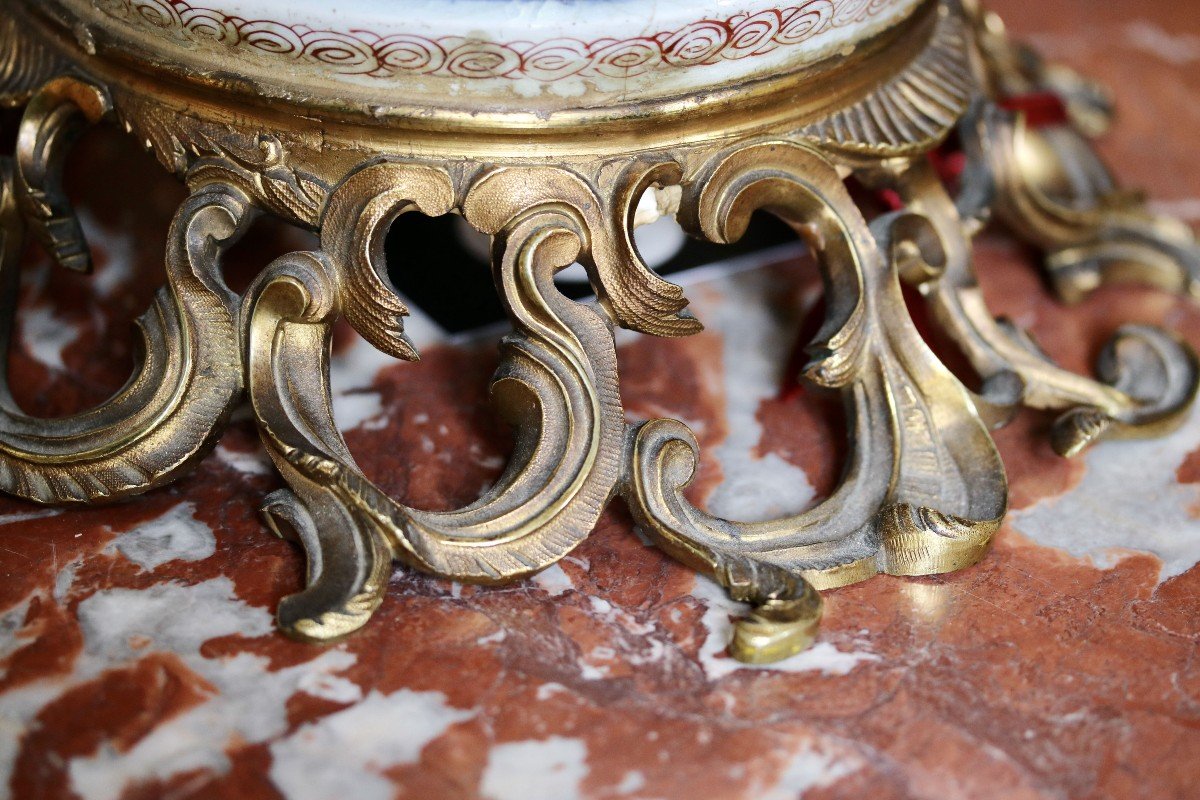

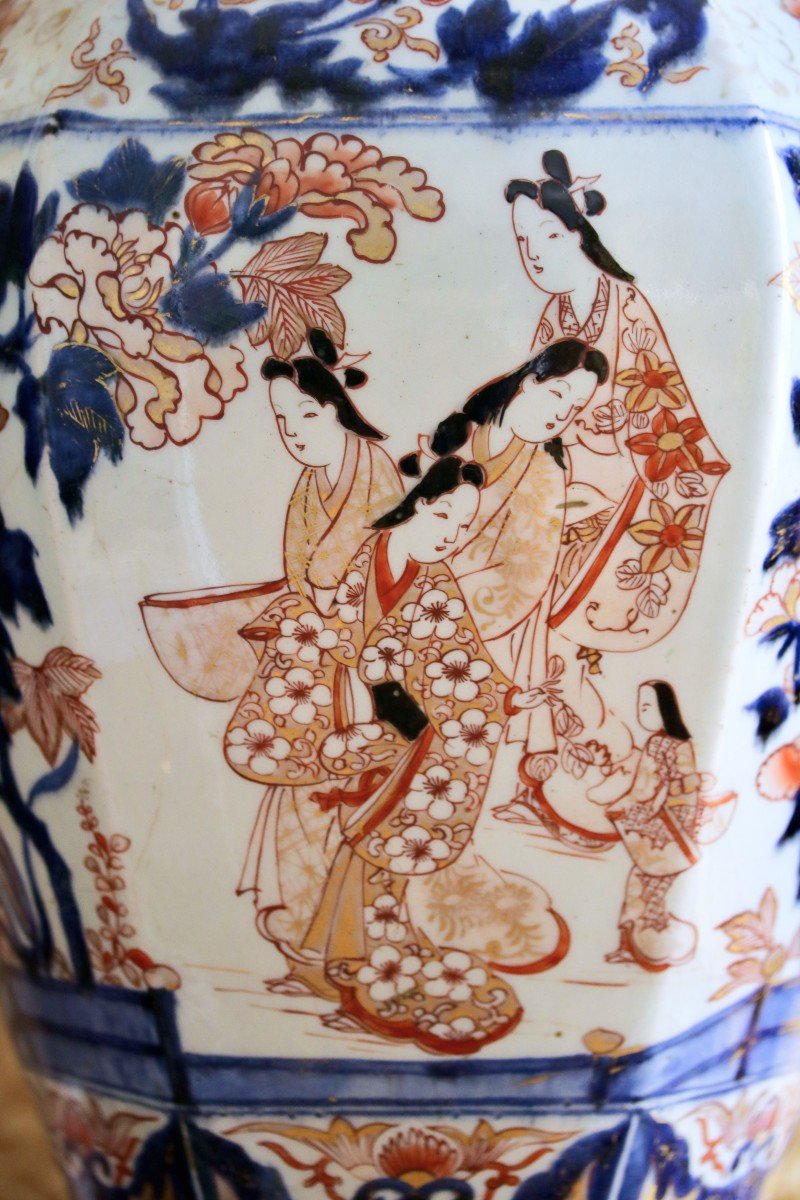
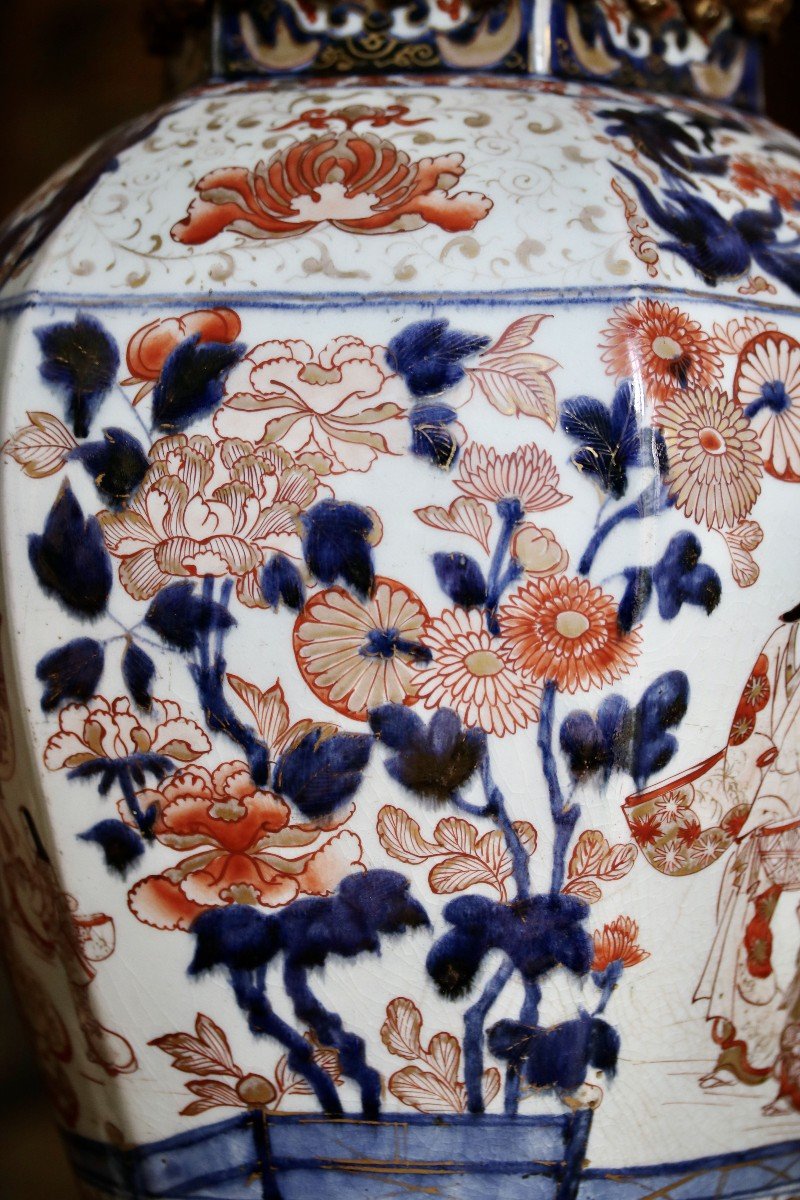











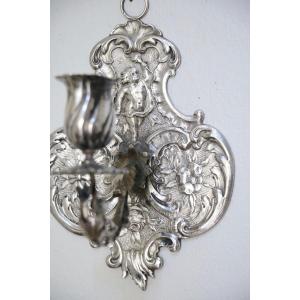

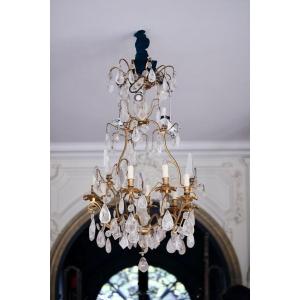
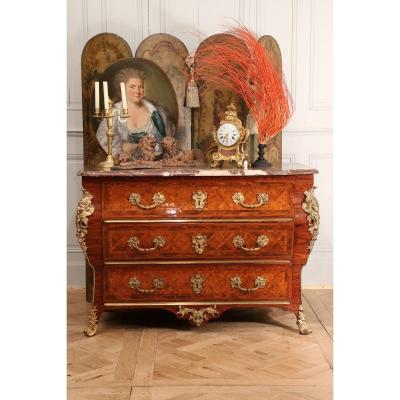
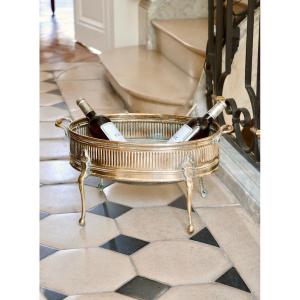








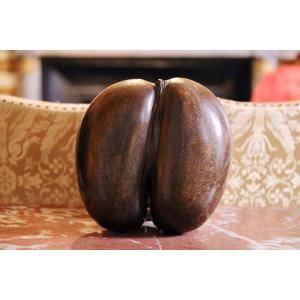




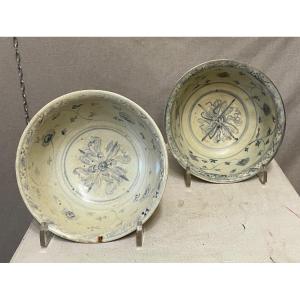



 Le Magazine de PROANTIC
Le Magazine de PROANTIC TRÉSORS Magazine
TRÉSORS Magazine Rivista Artiquariato
Rivista Artiquariato